June 9, 2025 | 02:33 GMT +7
June 9, 2025 | 02:33 GMT +7
Hotline: 0913.378.918
June 9, 2025 | 02:33 GMT +7
Hotline: 0913.378.918
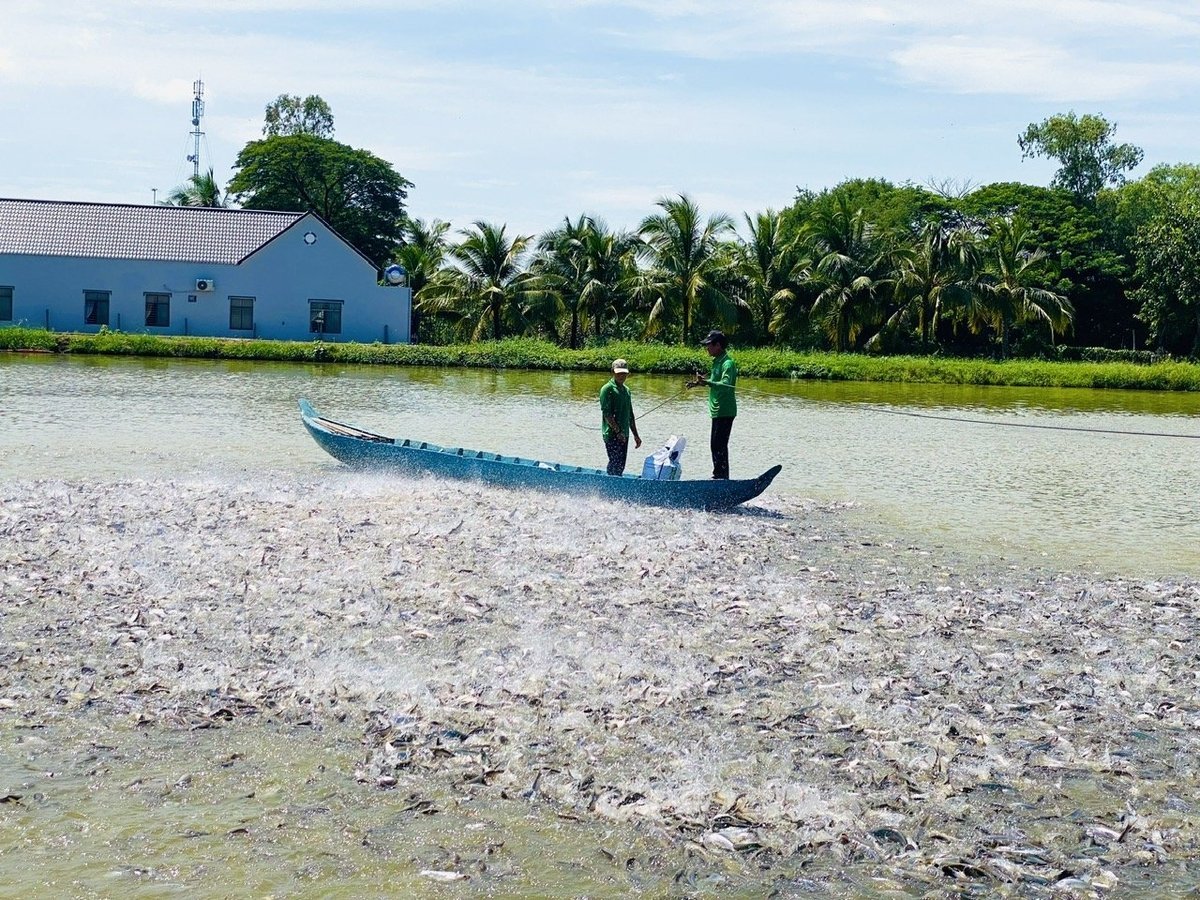
By 2025, Dong Thap province is expected to have a pangasius farming area of approximately 2,630 ha with an output of 540,000 tons. Photo: Le Hoang Vu.
As the “capital” of the pangasius industry in the country, Dong Thap province is gradually improving the quality of fish breeds and practicing safe and sustainable fish farming. Behind each exported pangasius bringing billions of dollars is a series of strict processes, from veterinary work to quarantine, vaccination, and environmental monitoring, all to ensure the fish are disease-free from farm to table.
According to Huynh Tat Dat, Deputy Director of Dong Thap Department of Agriculture and Environment, in 2025, the province’s total pangasius farming area is estimated at 2,630 ha with an output of up to 540,000 tons.
To ensure fish products meet export standards, the selection and care of fish seed is a top priority. The province currently has 52 facilities for breeding pangasius seed, resulting in a broodstock of approximately 150,000 fish plus an annual supply of 18 billion pangasius fry and more than 1.3 billion pangasius larvae.
One thing to note is that in 2024, more than 4.4 million fish fry were vaccinated against two dangerous diseases: hepatopancreatic necrosis and viral hemorrhagic septicemia. This is a great effort in veterinary work, demonstrating a thorough investment to minimize disease risks right from the input stage.
Water environment monitoring is carried out periodically, twice a month, at 45 locations in the province. The inspection criteria include water quality, bacteria, heavy metals, and pesticide residues to ensure that the environment for raising pangasius fish meets biosafety standards.
Dong Thap province also cooperates with the Research Institute for Aquaculture II to select and provide genetically improved broodstock. In the fourth quarter of 2024, 14 pangasius breeding facilities received 8,600 fourth-generation reserve fish with a fast growth rate and good disease resistance as a foundation for high-quality seed production.
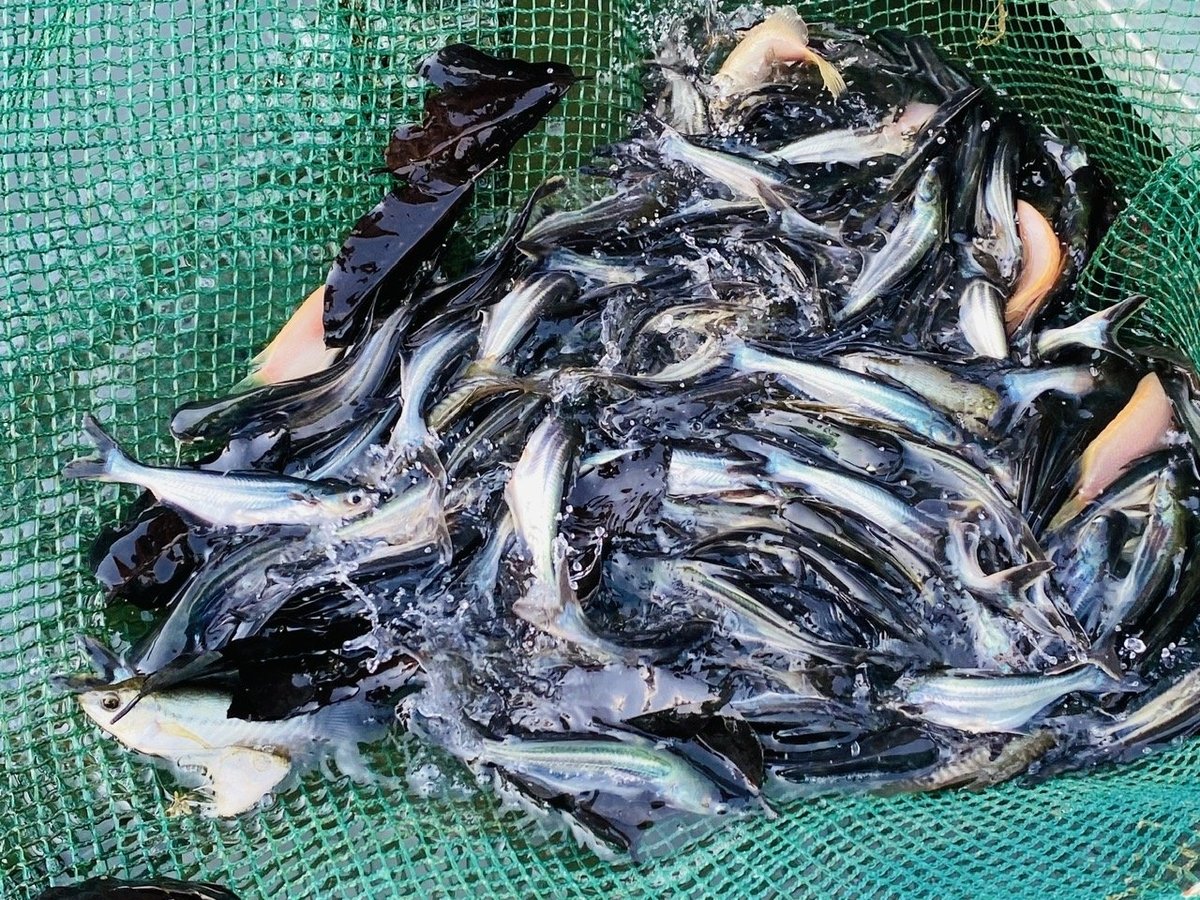
Dong Thap province currently has 52 facilities for breeding pangasius fry, with a broodstock of about 150,000 fish, an annual supply of 18 billion pangasius fry and more than 1.3 billion pangasius larvae. Photo: Le Hoang Vu.
“In the past, we used to raise pangasius mainly based on experience, and only when the fish got sick did we report to the veterinary staff. Now it’s different. For each batch, we are instructed to take samples for testing, monitor the pond water periodically, and even vaccinate the fish. It takes a lot of effort at first, but later on, we can rest assured because it helps lessen the loss. The fish grow quickly, and sell for a high price,” says Nguyen Van Hung, a pangasius farmer in Chau Thanh district.
The production linkage model between breeding facilities and commercial pangasius farming enterprises has been firmly established in Dong Thap. Since the beginning of the year, 38 breeding facilities have linked up with 25 hatchery facilities, producing 4 billion pangasius fry and providing 100 million fingerlings for commercial farming areas.
Signing a contract valid for up to 12 months between the parties helps ensure stability in price, breed specifications, deformity rate and warranty responsibility after stocking. This is an important basis to help pangasius meet traceability requirements and ensure food safety when exporting.
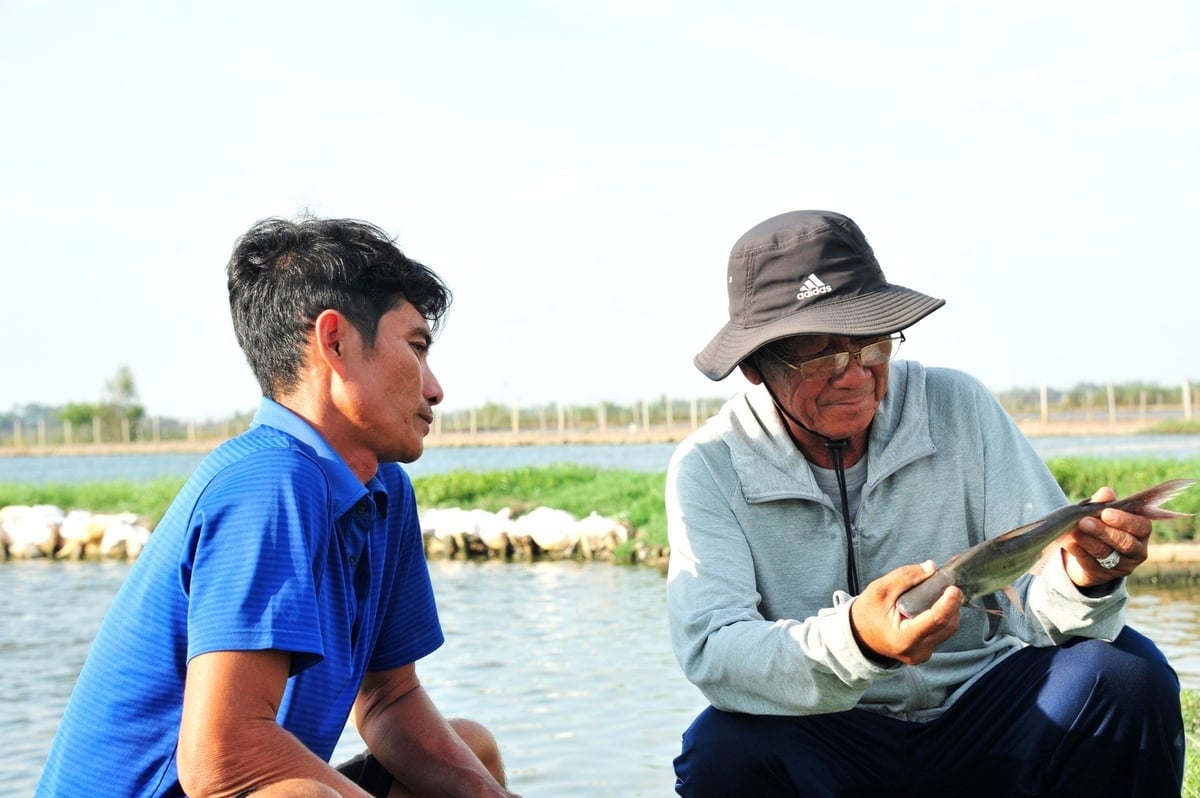
Behind each exported pangasius bringing billions of dollars is a series of strict processes, from veterinary work to quarantine, vaccination, and environmental monitoring. Photo: Le Hoang Vu.
According to Le Thi Hong Nhung, Head of Export Department - Dong Thap Seafood Processing Export Joint Stock Company, international customers are taking a keen interest in traceability. “They want to know where this fish is raised, what vaccine it has received, and whether any diseases have been detected. Thanks to the province's veterinary system, which is strict from breeding to harvesting, we are confident in promoting clean, standard fish to demanding markets.”
Information from Huynh Tat Dat, Deputy Director of Dong Thap Department of Agriculture and Environment, shows that this province is preparing for the medium-term public investment period of 2025 - 2030 with the project "Linking the production of high-quality pangasius fry" on a scale of 469 ha in the districts of Cao Lanh, Tan Hong, Lap Vo, Chau Thanh and Hong Ngu city. The project aims to complete the infrastructure for 4 concentrated seed production areas, ensuring the strictest technical and biological conditions to serve the sustainable development of the pangasius industry.
Translated by Samuel Pham
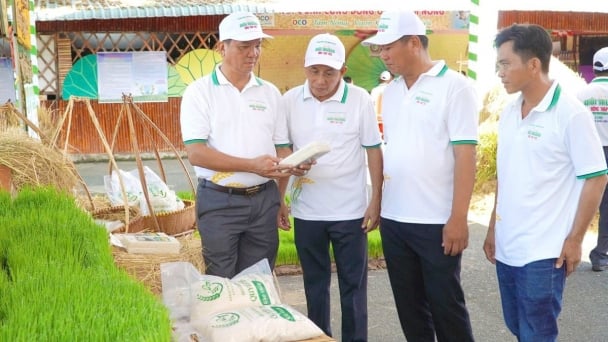
(VAN) Dong Thap has launched a meeting in response to the Action Month for the Environment under the theme 'Live Green - Join Hands for a Green Economy' at Tram Chim National Park.
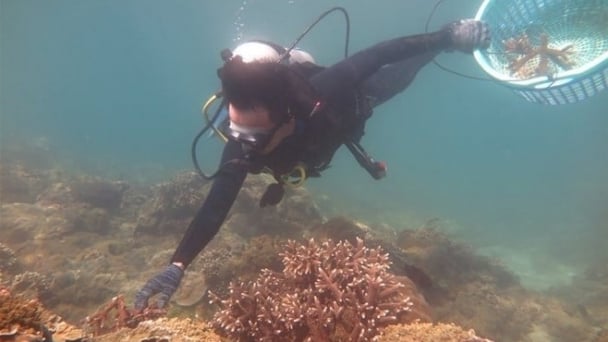
(VAN) The ocean has the capacity to absorb millions of tons of carbon, provided that mangrove forests, coral reefs, and biodiversity are protected.
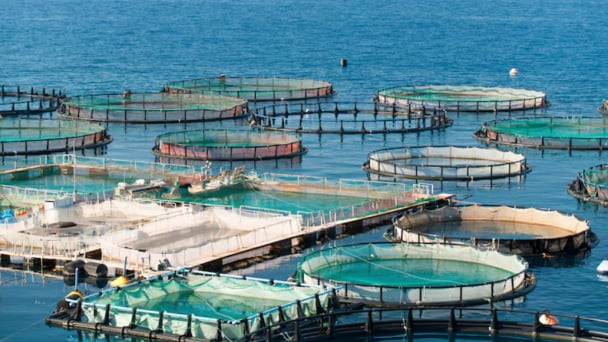
(VAN) Technology is redrawing the map of Vietnamese aquaculture: more modern, greener, and more sustainable.
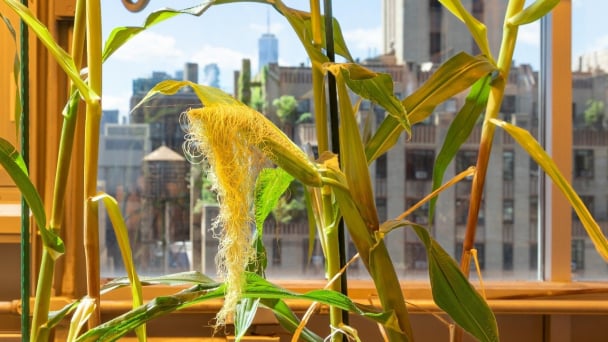
(VAN) Novel process harnesses machine learning to reveal groups of genes that determine how efficiently plants use nitrogen.
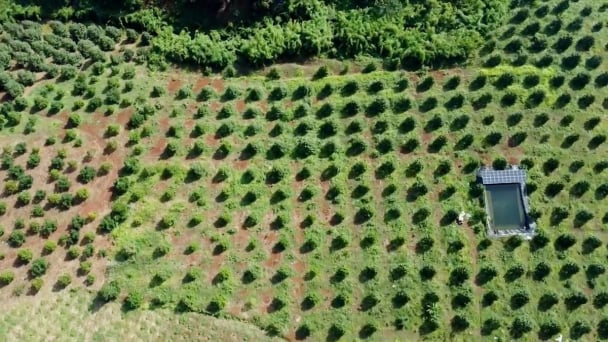
(VAN) Several scientists and farmers are experimenting with soil treatment in some key durian-growing regions such as Cai Lay (Tien Giang), Dak Song, Gia Nghia, and Dak R’lap (Dak Nong).
/2025/05/25/4127-3-073637_820.jpg)
(VAN) Thanks to the promotion from an FAO-implemented project, vegetable production in greenhouses in Moc Chau has seen strong development, from 1.5 hectares in 2021 to nearly 50 hectares in 2024.
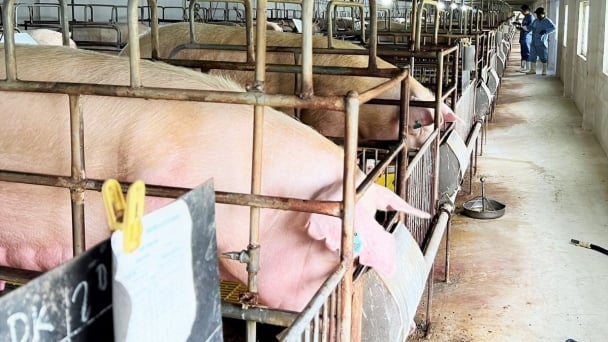
(VAN) FAO has recently supported USD 140,000 to implement the project 'Risk mitigation human-animal interface risks through disease control initiatives in pig farming.'